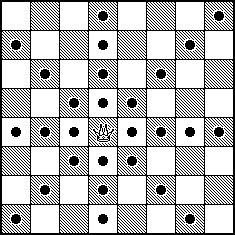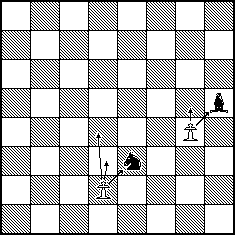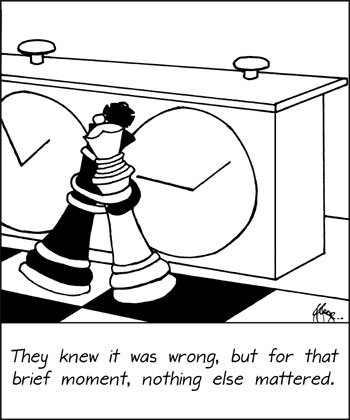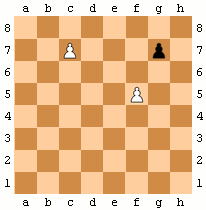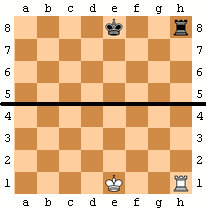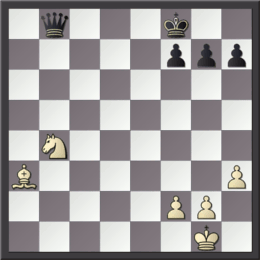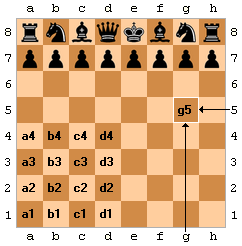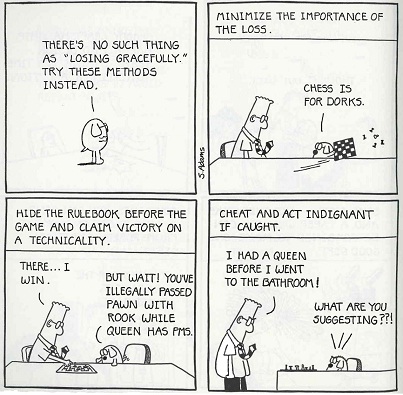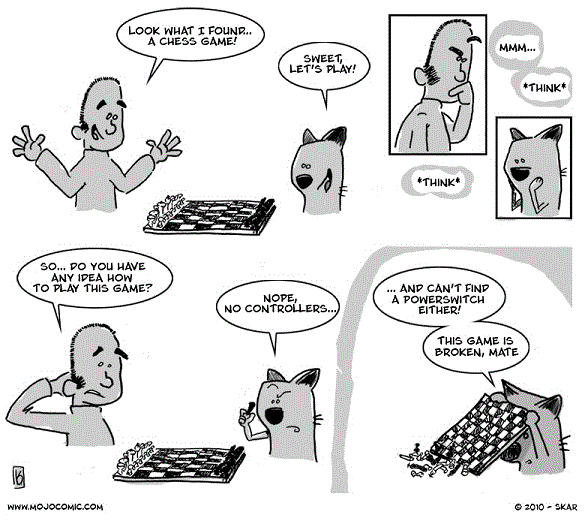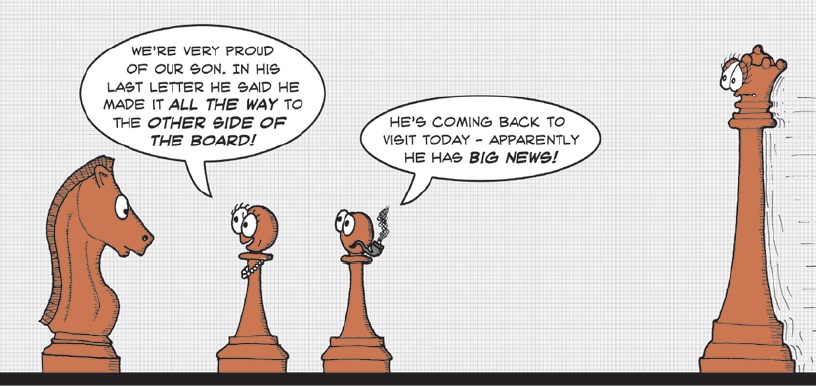Common Gameplay
Exchanges and Sacrifices
[SPOILERA]
"Points" piece value system >
LINK<
*please note that when making exchanges and sacrifices the end goal is more important than the "points". For example if exchanging your queen for a pawn means you win the game, then do it. [/SPOILERA]
Pins and Skewers
Forks
[SPOILERA]What is a Fork? >
Link<
Royal Fork: The term royal fork is sometimes used to describe the situation where the king and queen are forked, and thus being the highest material gaining fork possible. Another term, the grand fork, is sometimes used to describe the situation where the king, queen, and one or both rooks are forked. [/SPOILERA]
En Passant
[SPOILERA]There is one special rule, called taking en-passant. When a pawn makes a double step from the second row to the fourth row, and there is an enemy pawn on an adjacent square on the fourth row, then this enemy pawn inthe next move may move diagonally to the square that was passed over by the double-stepping pawn, which is on the third row. In this same move, the double-stepping pawn is taken. This taking en-passant must be done directly: if the player who could take en-passant does not do this in the first move after the double step, this pawn cannot be taken anymore by an en-passant move.
A double pawn step, and a following en-passant capture
en-passant (and pawn promotion) animated:
[/SPOILERA]
Castling
[SPOILERA]Under certain, special rules, a king and rook can move simultaneously in a castling move.
The following conditions must be met:
The king that makes the castling move has not yet moved in the game.
The rook that makes the castling move has not yet moved in the game.
The king is not in check.
The king does not move over a square that is attacked by an enemy piece during the castling move, i.e., when castling, there may not be an enemy piece that can move (in case of pawns: by diagonal movement) to a square that is moved over by the king.
The king does not move to a square that is attacked by an enemy piece during the castling move, i.e., you may not castle and end the move with the king in check.
All squares between the rook and king before the castling move are empty.
The King and rook must occupy the same rank (or row).
When castling, the king moves two squares towards the rook, and the rook moves over the king to the next square, i.e., black's king on e8 and rook on a8 move to: king c8, rook d8 (long/queen-side castling), white's king on e1 and rook on h1 move to: king g1, rook f1 (short/king-side castling).
[/SPOILERA]
Check
[SPOILERA]When the king of a player can be taken by a piece of the opponent, one says that the king is in check. For instance, the white player moves his rook to a position such that it attacks the black king, i.e., if black doesn't do anything about it, the rook could take the black king in the next move: we say that the white rook gives check. It is considered good manners to say check when one checks ones opponent.
It is not allowed to make a move, such that ones king is in check after the move. If a player accidently tries to make such a move, he must take the move back and make another move.
[/SPOILERA]
"Discovered" Check and "Discovered" Attack
[SPOILERA]A discovered attack is a move which allows an attack by another piece. A piece is moved away so as to allow the attack of a friendly bishop, rook or queen on an enemy piece. If the attacked piece is the king, the situation is referred to as a discovered check. Discovered attacks are powerful as the moving piece may be able to pose a second threat.
A special case of a discovered check is a double check, where the piece being unmasked and the piece being moved attack the enemy king. A double check requires that the opponent moves his/her king as the king is under attack from two directions and it is impossible to counter both at the same time in any other way.[/SPOILERA]
(etc)





